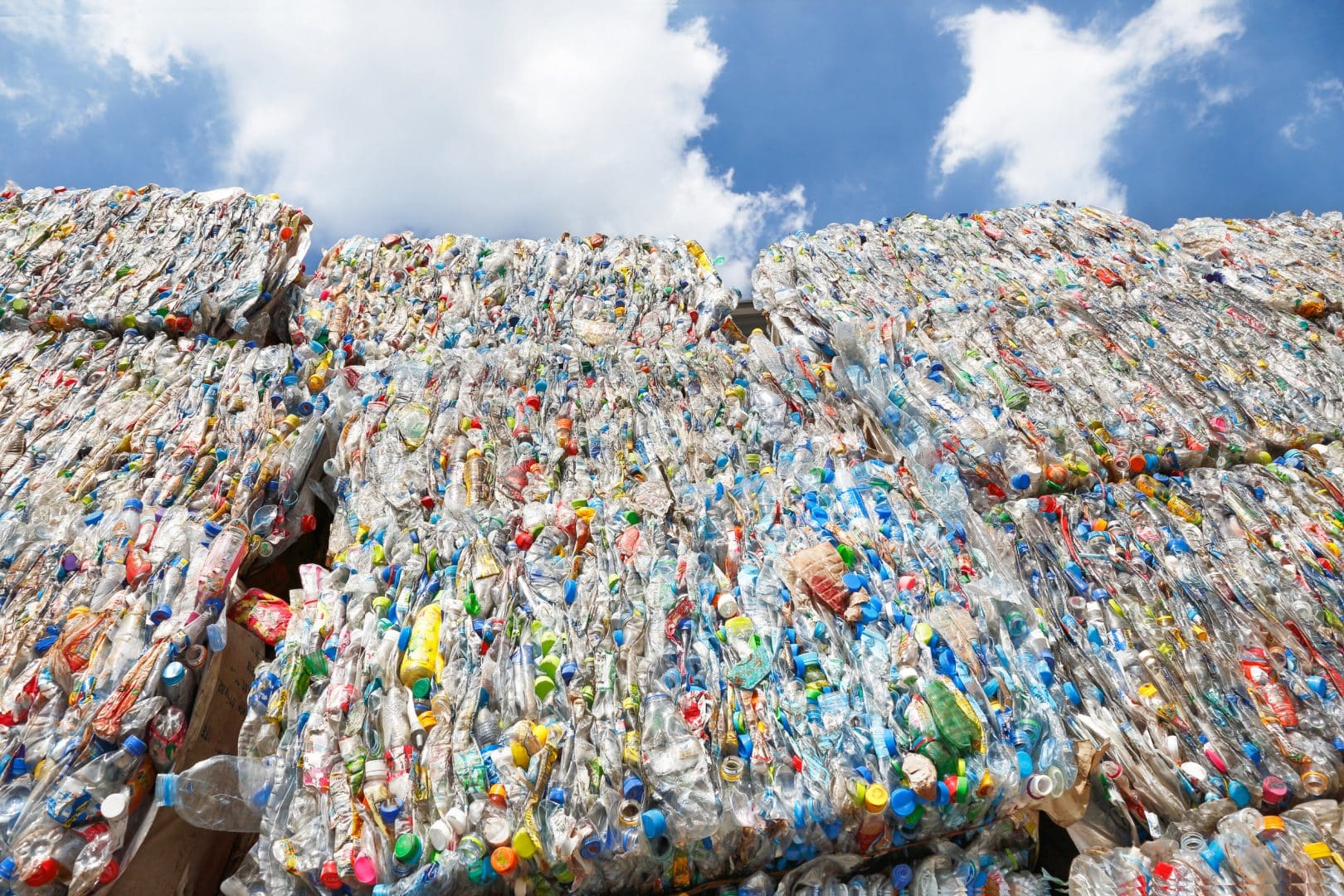United States Leads Global Plastic Pollution Crisis, New Report Reveals
01/14/2022
A recent report has declared the United States as the top contributor to the global plastic pollution crisis, with 42 million metric tons of plastic waste in 2016 alone. Each American generates 130 kilograms annually, highlighting consumer habits and inadequate recycling infrastructure. Urgent action is needed to address this environmental catastrophe.

In the timeless dance of environmental stewardship, there are moments of revelation that shake us from complacency, forcing us to confront the harsh realities of our collective impact on the planet. Such a moment arrived with stark clarity recently as a new report boldly declared the United States as the world’s foremost contributor to the plastic pollution epidemic.
Picture this: a staggering 42 million metric tons of plastic waste spewing forth from American shores in 2016 alone, eclipsing the combined output of both China and the entirety of the European Union. These numbers, while staggering, unveil a distressing truth: the land of the free is also the land of the plastic deluge.
Imagine, for a moment, the weight of this revelation. On average, each American churns out a whopping 130 kilograms (286 pounds) of plastic waste annually. It’s a statistic that speaks volumes about our consumer habits, our reliance on convenience, and our collective disregard for the consequences of our actions.
As Margaret Spring, the chief science officer of the Monterey Bay Aquarium, poignantly put it, the success story of plastics in the 20th century has morphed into a global-scale deluge of waste in the 21st. We find ourselves engulfed in an environmental and social crisis, the tendrils of which reach into every corner of our planet.
But what exactly does this crisis entail? It’s a tale of pollution that knows no bounds, seeping into our inland and coastal communities, contaminating our rivers, lakes, and beaches, and burdening our economies with its weight. It’s a story of wildlife endangered, ecosystems disrupted, and waters tainted, waters upon which our very sustenance depends.
The genesis of this crisis lies in the exponential growth of plastic production over the past half-century. From a modest 20 million metric tons in 1966, global plastic production soared to a staggering 381 million metric tons by 2015. It’s a meteoric rise fueled by our insatiable appetite for convenience, packaged in the shiny allure of disposable plastics.
And yet, for all our technological prowess and ingenuity, our recycling infrastructure languishes in a state of gross inadequacy. As plastic waste proliferates, our recycling capabilities flounder, unable to keep pace with the deluge. Landfills groan under the weight of our discarded plastics, while rivers and streams serve as highways, ferrying our waste to the waiting arms of the ocean.
The consequences of our plastic addiction are dire, with an estimated 8 million metric tons of plastic waste finding its way into the ocean each year. That’s the equivalent of dumping a garbage truck’s worth of plastic into the ocean every single minute. If current trends persist, the annual influx of plastic into our oceans could skyrocket to a staggering 53 million metric tons by 2030, threatening to engulf marine life in a sea of plastic debris.
But amidst the despair, there is a glimmer of hope, a beacon of possibility shining bright on the horizon. The report, a clarion call to action, lays out a roadmap for change, urging the United States to establish a comprehensive federal policy and research strategy by the end of 2022. It’s a call to arms, a rallying cry for a nation on the brink of environmental catastrophe.
The proposed actions are bold and ambitious, calling for a reduction in virgin plastic production, the implementation of a national cap, and the promotion of materials that degrade more readily and are easily recyclable. It’s a vision of a future where single-use plastics are relegated to the annals of history, replaced by sustainable alternatives that promise a brighter tomorrow.
But the road ahead is fraught with challenges, requiring a concerted effort from governments, industries, and individuals alike. It’s a journey that will test our resolve, our ingenuity, and our collective will to safeguard the planet for future generations.
So let us rise to the occasion, let us heed the call of the report, and let us forge a path towards a future free from the shackles of plastic pollution. The time for action is now, for the United States, and indeed the world, stands at a crossroads, with the fate of our planet hanging in the balance.
